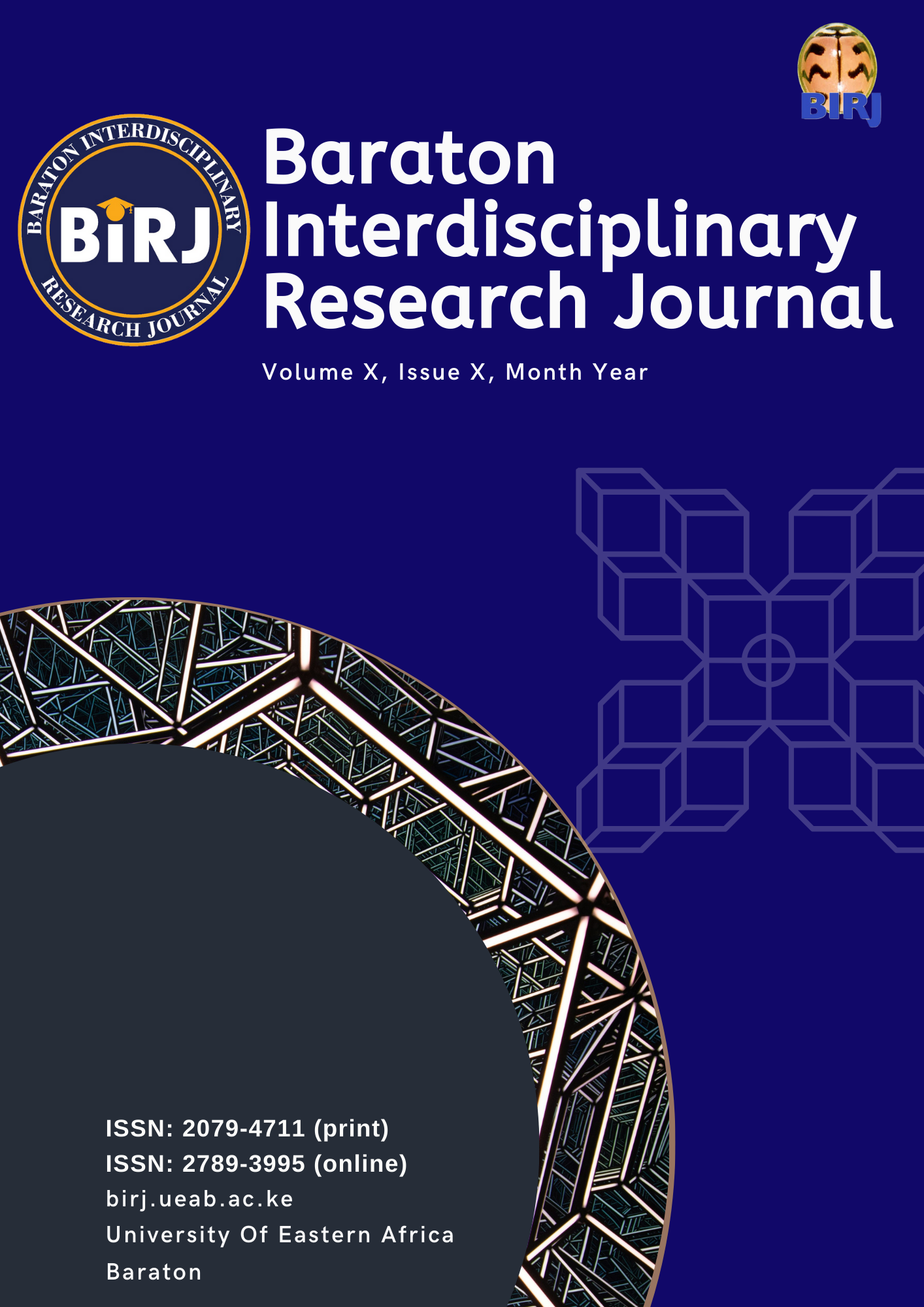RESPONSE OF THREE MOSQUITO SPP. TO RECOMBINANT BACTERIAL TOXINS FROM Bacillus thuringiensis SUBSP. israelensis EXPRESSED IN TWO MODEL SYSTEMS
Keywords:
recombinant Bti toxins, A. aegypti, An. arabiensis, C. quinquefasciatus, western blot, LCAbstract
Toxicity of the same lyophilized powder prepared identically of 16 combinations of four genes, cry4Aa,
cry11Aa, cyt1Aa and p20 from Bacillus thuringiensis subsp.israelensis (Bti) expressed in Escherichia coli
were examined against three key mosquito vectors of diseases, namely Culex quinquefasciatus Say, Anopheles
arabiensis Patton, and Aedes aegypti Linnaeus, followed by simulated studies using transgenic Anabaena
PCC7120 expressing the most toxic combination of genes. The following clones were the most toxic to the
respectively listed mosquito species above: pVE4-ADRC expressing all four genes (LC50s of 0.59, 3.2, and
0.68 μg ml
-1
); pVE4-ARC expressing cry4Aa, cyt1Aa, p20 (LC50s of 0.93, 6.2 and 0.87 μg ml
-1
), and pVE4-AD
expressing cry4Aa and cry11Aa (LC50s of 1.51, 7.5 and 1.3 μg ml
-1
), concluding that clone pVE4-ADRC is
undoubtedly the most effective. The role of appropriate promoter(s) in enhancing toxicity was demonstrated
by comparing expression of the same gene combination under a strong E. coli promoter (PA1) either singly, in
pVRE4-DRC or two (the second preceding cyt1Aa as well in pVE4-DRC); the latter produced more Cyt1Aa,
which is less toxic, at the expense of the more toxic Cry11Aa, thus quenching toxicity. On the other hand, the
combination under pVRE4-DRC had an apparent correct stoichiometry to enhance toxicity. This observation
implies that further toxicity fine-tuning could be reached by manipulating promoters to enhance toxicity in the
recombinant systems.
In simulated semi-field experiments, the transgenic Anabaena PCC 7120 protected the toxins from premature
degradation and better delivered the toxins to the larvae compared to commercial Bti preparation.
Downloads
Published
Issue
Section
License
License Terms
All articles published in the Baraton Interdisciplinary Research Journal (BIRJ) are licensed under a Creative Commons Attribution-NonCommercial-ShareAlike 4.0 International License (CC BY-NC-SA 4.0).
This license permits users to share (copy and redistribute) and adapt (remix, transform, build upon) the material for non-commercial purposes, provided that proper attribution is given to the original authors, a link to the license is included, and any derivative works are distributed under the same license.
Full license details: https://creativecommons.org/licenses/by-nc-sa/4.0/

